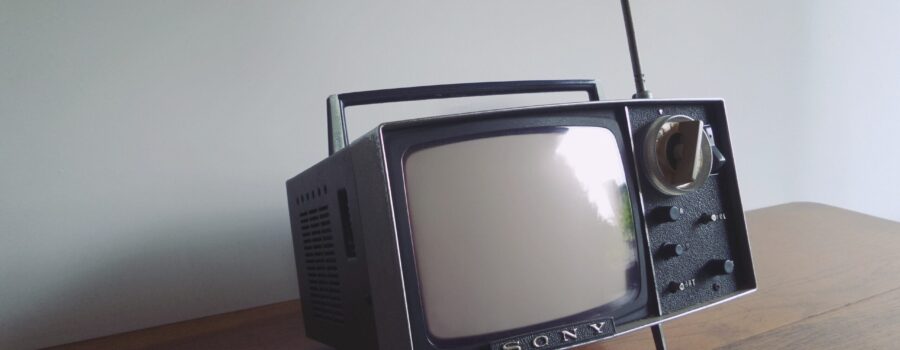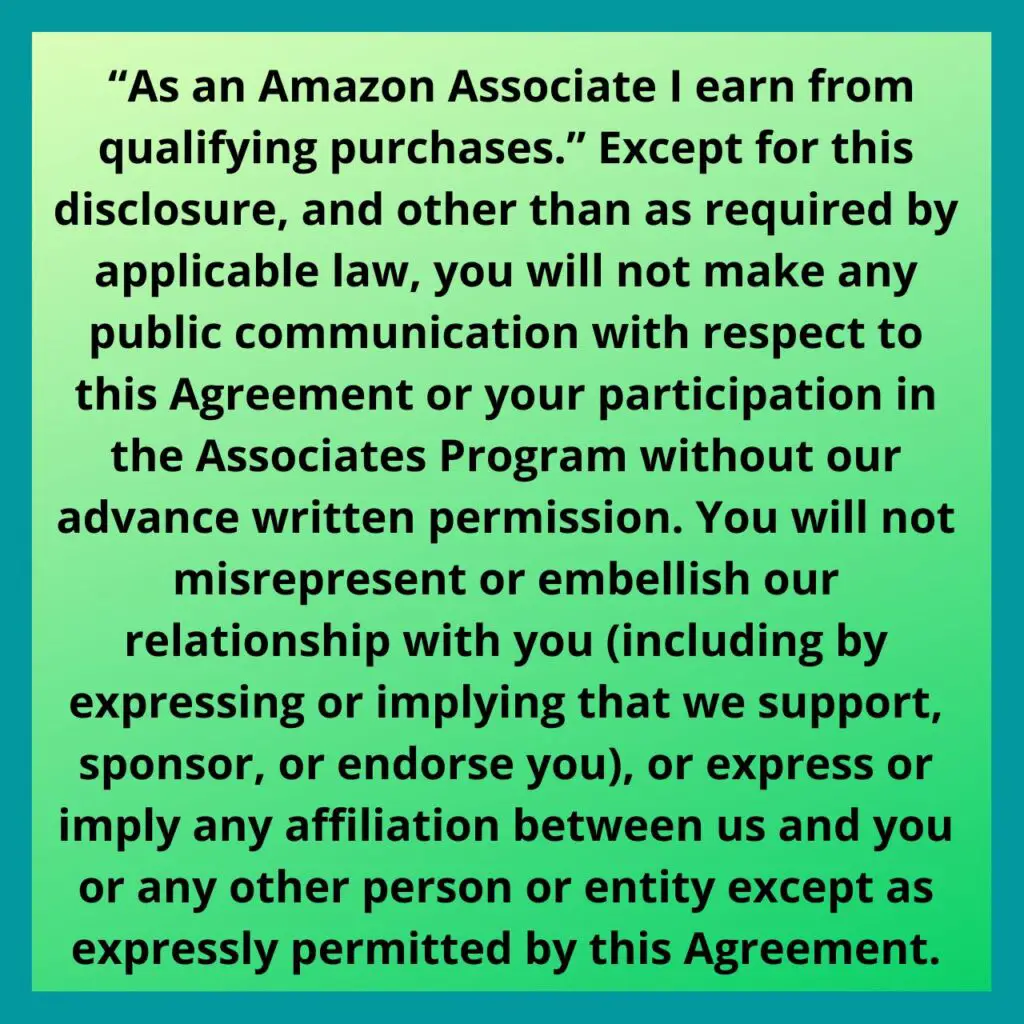Here are a few different ways to cut off your cable TV and still pick up television programming. In my own process of experimenting with this concept, I am finding more almost every day.
Off the Air Reception
When I moved to my current house, I discovered the the reception was poor “off the air” on tv and radio.
Off the air transmission, and therefore reception, is a straight-line sort of pathway. If you can see the transmission antenna, you can pick it up. Late at night, some people “dx,” which is listening to a remote radio station after its signal has skipped off a cloud or atmospheric conditions or the planet Krypton. But especially during regular listening hours its a straight line thing.
So after my move, I found I had very poor reception of everything, and I contacted the local cable company and asked for the most basic tier of service, since my wife and I weren’t 24-7 TV addicts, and we were more limited in our income.
We also had no digital TVs.
In fact, I had just, a few years earlier, joyously purchased a 36″ analog tv and loved it. State of the art.
Cable was Great
Needless to say, after we got cable, the picture was great. We could watch the news and a ball game or two. Perfect. Cost was only in the twenties per month.
Then, two things happened. From time to time, I would get charged with a late fee, even the same day on my calendar was the payment date. So I pot the bill placed on auto pay, and it seemed the date for payment started to move as though it was not due monthly, but every four weeks, giving them an extra payment as compared to my budget.
That, I could live with, but they have slowly added rate increases and new fees, until now, the payment is approaching three times the original. Still may not be a lot to everyone, but it is to me. I am Dr. Frugal. And I am given to understand that the average cable bill in the US is almost $120 a month.
The Digital Age
Enter our personal age of digital TV and amplified antennae.
When my mother-in-law passed away, we put her TV in our bedroom and connected to a powered, digital antenna. Wow. Things had changed a lot. The picture was insanely clear.
After a year or two, one of our daughters gave us her TV after she had upgraded, and we finally hooked it up with another amplified antenna this last weekend. It is a Roku set, which means it has the ability to take some programing from our computer wi-fi signal.
I have more about these systems HERE.
There are levels and tiers to which one can subscribe and spend money, but there is also a huge amount of free stuff.
Even without that, the regular off-the-air reception is wonderful. Truthfully, it has pixelized twice on us since we started using it, but only for a very short, whispy period, nothing like the old ghosts we use to battle.
List of Options
So let’s take a quick look at the list of tv sources you can use and I will update this list as I discover more details.
- Antenna: You can use an indoor or outdoor antenna to pick up free over-the-air TV channels. This is a fine option if you live in a good area. The different between an old set of rabbit ears (analog) and a new one (digital) is that the new ones offer a signal amplifier and a filter for some of the electronic “noise” that can affect the signal.
- DVD/Blu-ray player: If you have a collection of DVDs or Blu-rays, you can use a DVD/Blu-ray player to watch them on your TV. Some libraries even have some to lend out.
- Online TV with your internet: You can watch TV shows and movies online through websites like YouTube TV, Pluto, Sling TV, Fubo TV, Redbox, Philo, Peacock and many others. Some of these have paid levels but also have free levels and some are all free. My set has built-in Roku, but there are others.
- Streaming services: You can subscribe to a streaming service like Netflix, Hulu, Amazon, or Disney to watch TV shows and movies. Most of these services offer a free trial period before you have to pay for a subscription.
- Digital converter box: These are still around, if you have an older TV that does not have a digital tuner. You can purchase a digital converter box and pick up the free over-the-air channels. The box will convert the digital signal to an analog one your mature TV can use.
Conclusion, for Now
Remember that some may require an initial investment, such as buying an antenna or a streaming device. My powered antenna cost less than $30 and other streaming devices can run a couple hundred dollars. More on them later. However, in the long run, you still may save a good deal of money as compared to paying for a monthly cable TV subscription.
Just do a little due diligence. Ask us if we can help you any, and there will be more on this subject in the near future as we are all about saving money when we can!
Photo by Possessed Photography on Unsplash
![]()
(This post may contain affiliate links, which means if you click, or make a purchase by clicking on them, I may receive a small commission, at no additional cost to you, that will help me continue to bring you valuable content. To that end, not all of the items on this page are affiliate links, as that is not a requirement to be on this page. Thanks for your support!)
We are a participant in the Amazon Services LLC Associates Program, an affiliate advertising program designed to provide a means for us to earn fees by linking to Amazon.com and affiliated sites.












